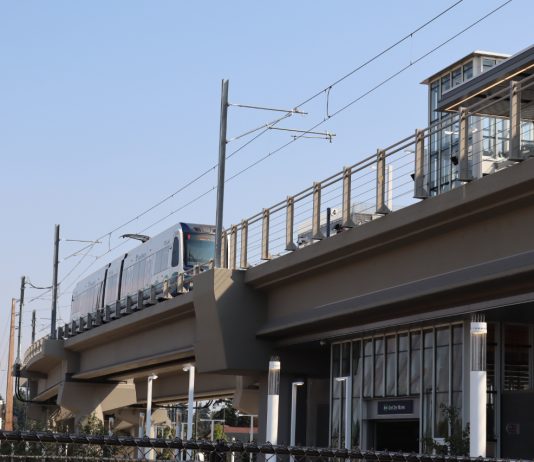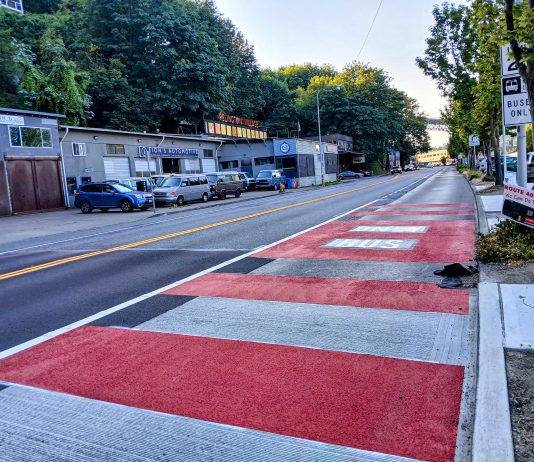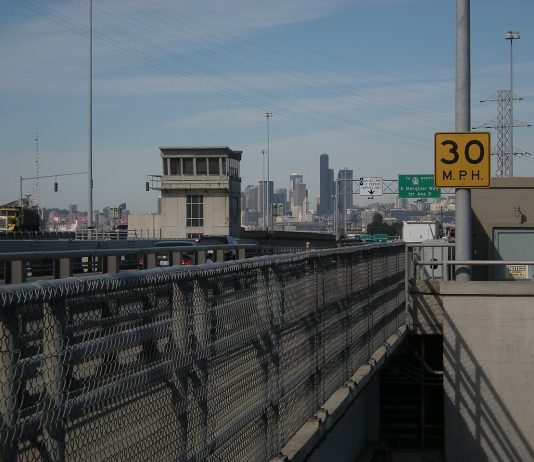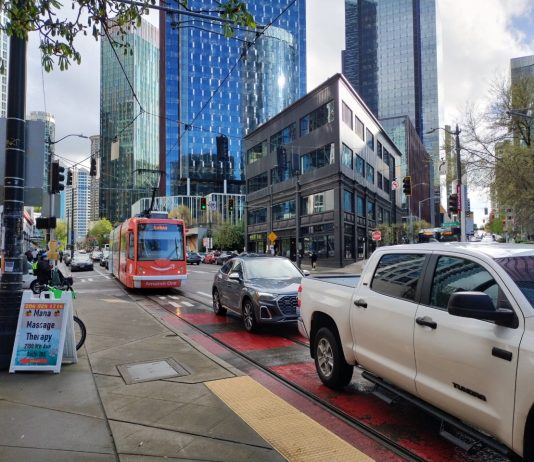Ryan Packer
686 POSTS
0 COMMENTS
Ryan Packer has been writing for The Urbanist since 2015, and currently reports full-time as Contributing Editor. Their beats are transportation, land use, public space, traffic safety, and obscure community meetings. Packer has also reported for other regional outlets including BikePortland, Seattle Met, and PubliCola. They live in the Capitol Hill neighborhood of Seattle.
Federal Way Link will open on December 6, ahead of the previous plan for an early 2026 opening, Sound Transit announced today.
Cities around the region are starting to grapple with greater accountability for creating more affordable housing, in the wake of a far-reaching decision impacting Mercer Island. Bainbridge Island and Clyde Hill provide an early look at those conversations.
While the ability to run trains across the floating bridge continues to be a major impediment to getting the full 2 Line running, other issues along the existing 1 Line could pose even greater challenges to maintaining consistent service.
All but one councilmember asked the Low Income Housing Institute to come back with a design that eliminates around a quarter of the planned affordable homes, after intense criticism of the height and parking ratio of a 92-unit proposal.
Upgrades to speed up Route 40 through Fremont and Ballard, and to replace a 100-year-old water main, are well underway. But business advocates have continued to push for transit priority to be scaled back.
An extension of the Georgetown to South Park Trail and a new two-way protected bike lane on E Marginal Way would finally provide a safe connection to the First Avenue S bridge. The project is an early litmus test for the new Seattle Transportation Levy.
Despite the fact that LIHI's proposed affordable housing project has been advancing for nearly three years, public opposition has kicked up in recent weeks. The new campaign contends that such a prime Bainbridge Island site isn't appropriate for affordable housing.
With right turns set to be prohibited from Westlake Avenue onto Denny Way, streetcar vehicles and buses will no longer be stuck behind turning car traffic. The change will also benefit the high numbers of pedestrians who use this major intersection.








